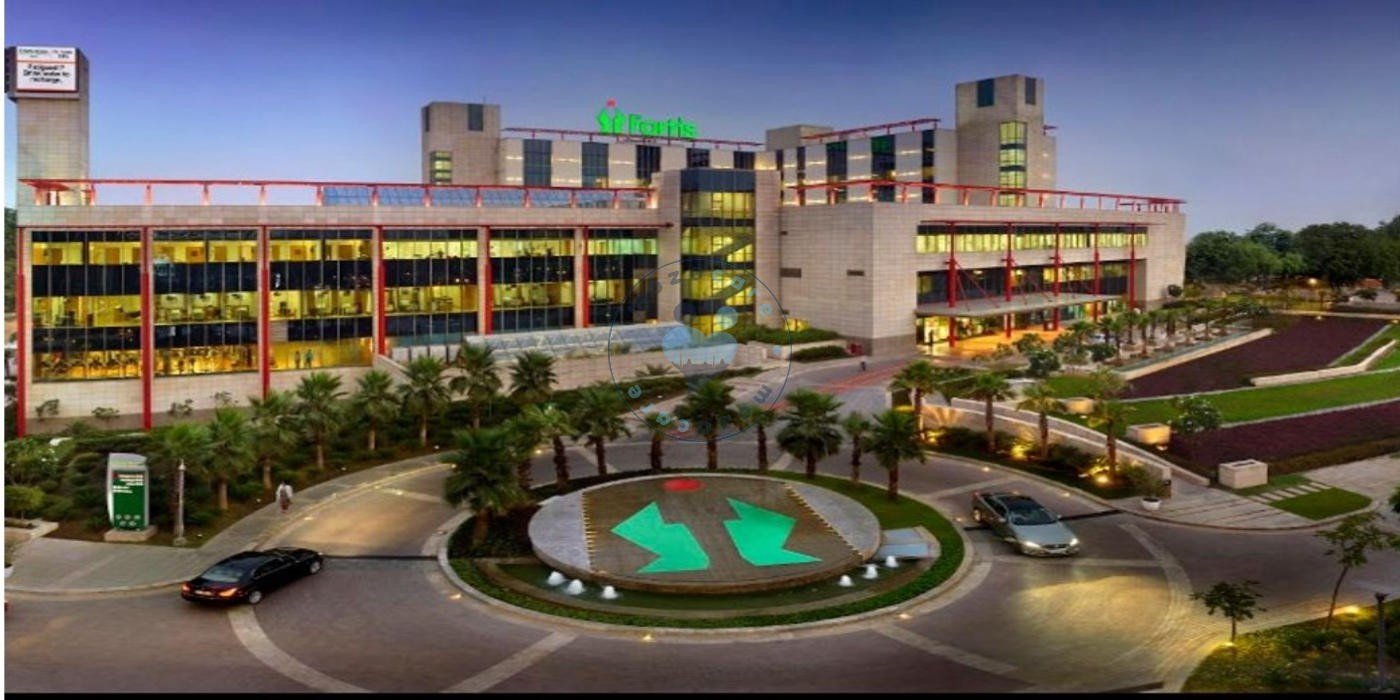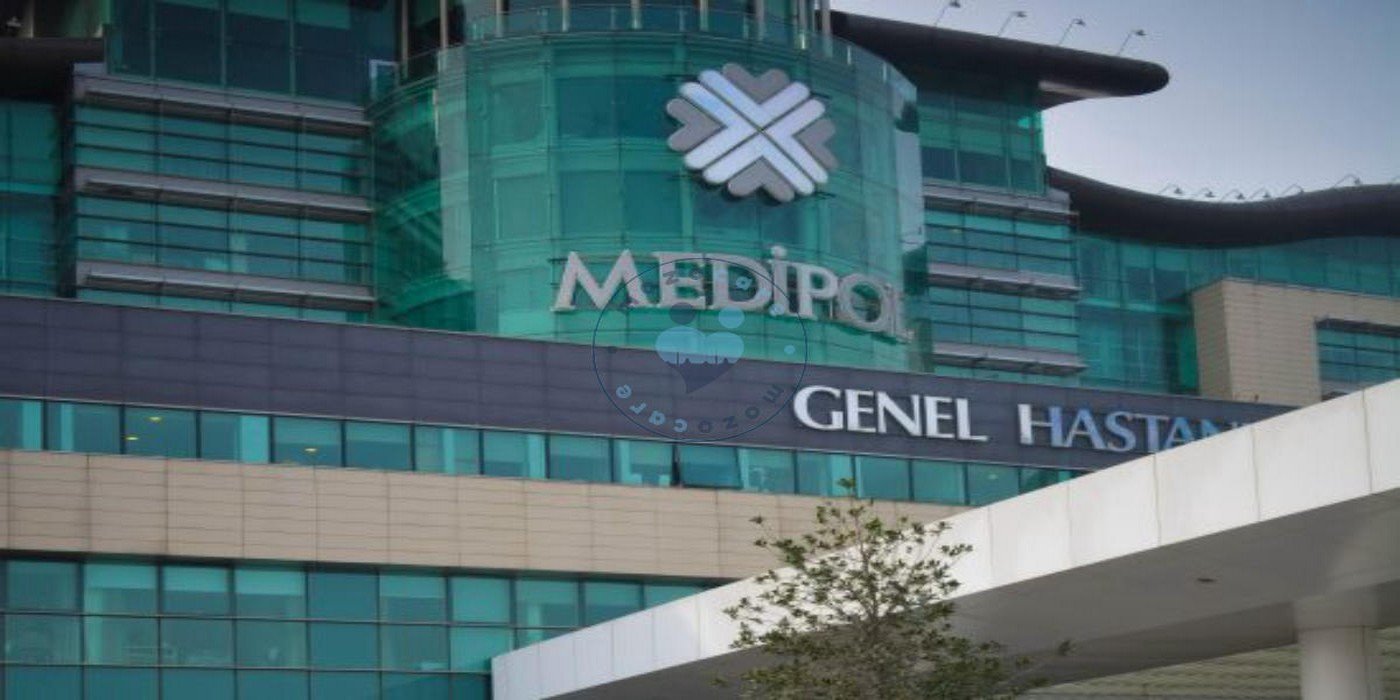

There are many factors that can affect the costs
Get Free Consultation
Laser Skin Resurfacing treatments abroad,
Laser skin resurfacing removes several layers of skin with a precision laser. The new skin cells that form give the skin a tighter, younger looking surface. Laser skin resurfacing is sought after by patients who want to reduce the appearance of scarring, wrinkles, age spots, uneven skin, or damaged skin. It can improve the skin's complexion.
Recommended for Fine lines Acne scars, Skin blotches, Sun damage, Signs of ageing. Time requirements, Number of days in hospital 1 . Overnight stay not required. Average length of stay abroad 2 - 3 days. Number of trips abroad needed 1. Laser skin resurfacing can improve the appearance of wrinkles, pigmentation changes in the skin, scars or burns.
Patients will have a consultation with the doctor who will review the patients medical history and discuss the patient's goals. Before the treatment, patients will be advised to refrain from taking certain medications such as aspirin, as it can inhibit blood clotting, and smokers should stop for the 2 weeks before the procedure.
Patients should avoid getting sunburnt before the treatment, as the skin can become more sensitive to the laser. Depending on the the size or area of treatment, patients may wish to book several days off work as the face is often red and inflamed for several days afterwards.,
The doctor will clean the area being treated and will administer a local anesthetic. There are 2 different types of laser which can be used, an ablative laser or a non-ablative laser. An ablative laser wounds the skin by applying light energy to the skin, which remove the top layers. As the outer layers of skin are destroyed, the skin will appear red and may bleed slightly. Once the wounds heal, new skin will grow back and will be smoother.
A non-ablative laser does not wound the skin and is less invasive. Light energy is applied to the skin to damage the collagen, this then promotes the growth of new collagen which will tighten the skin. Anesthesia Usually local anesthetic with sedation, or general anesthetic. Procedure duration The Laser Skin Resurfacing takes 30 to 90 minutes. The laser removes the upper layer of the skin, which then grows back smoother once the skin has healed.,
Post procedure care Following treatment, your face will be bandaged, and will need to be cleaned several times a day, as advised by your doctor.
Possible discomfort Itching and stinging for up to 72 hours post-procedure, later the skin may become dry and peel.,
The majority of patients who undergo laser skin resurfacing are satisfied with the results. Most patients agree that the results from treatments with ablative lasers (ones that remove layers of skin) are less noticeable right away than results from non-ablative lasers (which are used to tighten skin and stimulate collagen production).
Patients describe a burning or stinging feeling while the laser is applied. Some clinics may use a numbing or cooling gel to make the treatment more comfortable. For extensive ablative laser treatments, local anaesthetics may be used, which will make the treatment area numb. For extensive resurfacing across the entire face, patients may be given sedation. After treatment, the treated skin will be raw and swollen and may weep. Ice packs and over-the-counter pain relievers may be used to control the pain.
Laser skin resurfacing is considered a safe procedure with a low risk of complications and serious side-effects. There is a risk of minor complications from laser skin resurfacing including infection, acne, and changes in skin colour including hypopigmentation. There is also a slight risk of permanent scarring. Most complications can be significantly reduced by choosing an experienced technician at a reputable clinic. Ablative treatments carry a higher risk of complications than non-ablative treatments.
The treatment can improve skin quality and appearance, but it will not stop the process of aging and your skin will continue to change over time. The results will be visible for several years, but as skin constantly replenishes itself, they will not be indefinitely visible.
The laser used in resurfacing procedures is not designed to remove hair and will singe or burn hairs off of the surface but will not touch the root. So, the hair will grow back. Ablative laser treatment may improve acne and reduce the appearance of acne scarring, but during recovery acne may return due to bandaging or ointments clogging pores. Non-ablative laser treatments are effective for reducing the visibility of large pores.,
| Primus Super Specialty Hospital | $500 |
| Fortis Memorial Research Institute | |
| HELIOS Hospital Berlin-Buch | |
| Herzinstitut Berlin | |
| Medipol Mega University Hospital | |
| HELIOS Hospital Hildesheim | |
| Capital Health - CityPraxen Berlin | |
| European Medical Center (EMC) | |
| RAK Hospital | |
| European Health Centre |

New Delhi, India

Gurgaon, India

Berlin, Germany

Berlin, Germany

Istanbul, Turkey